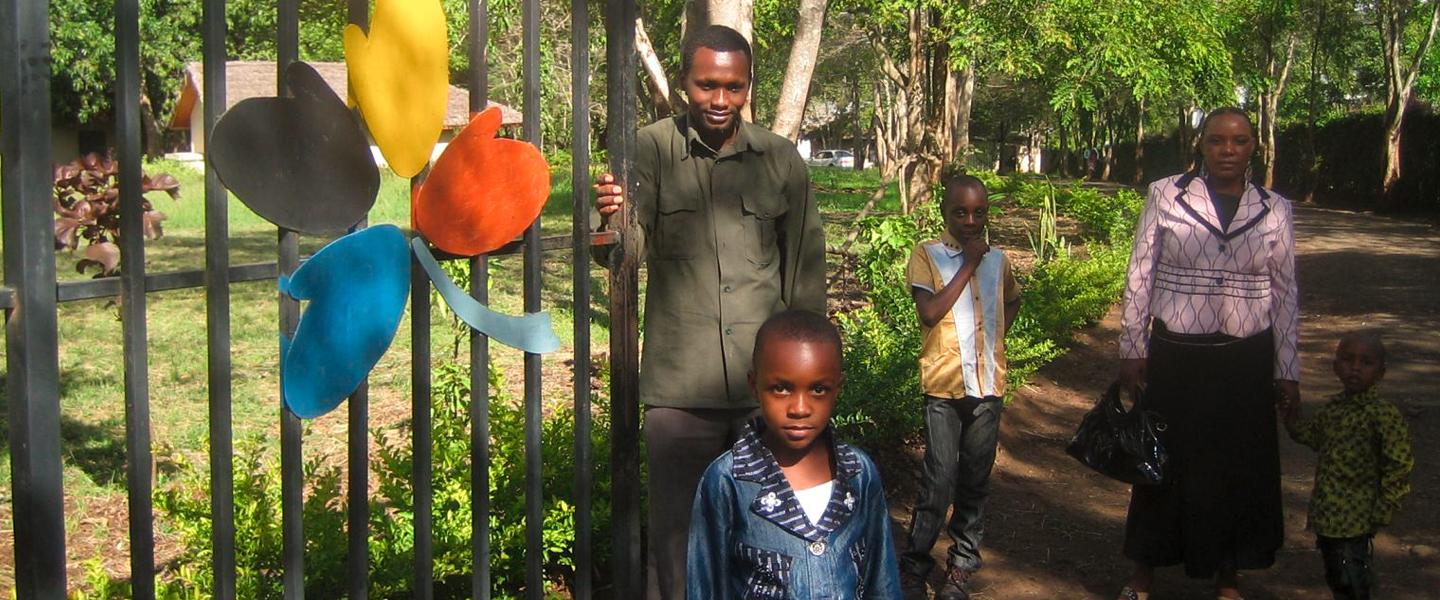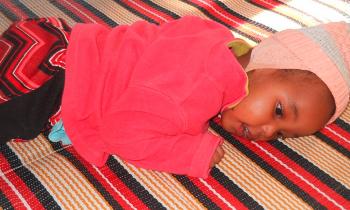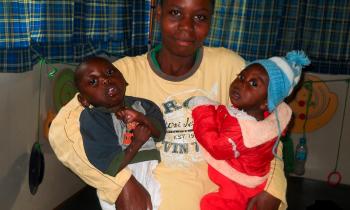Foodprogramme
Food aid programme for malnourished children
Malnourishment is a serious problem in Tanzania.
The mortality rate increases with malnourishment and multiply impaired children have an increased risk of becoming malnourished.
As long as a child can be carried on the back of the mother and is breastfed it is no problem. When the child is too big it is a huge burden for the mother. She does not know what to do and commonly keeps her child inside the house. The child stays in the home and has little or no stimulation other than being fed and even sometimes that is not achievable due to poverty.
Problems these children face are:
- When control of arm, leg and muscles of the body is limited, there is a possibility that the muscles which are needed to swallow are not functioning well.
- Often these children have not learned to sit upright; this also has consequences for swallowing. Swallowing lying down is more difficult then sitting and therefore the ability to sit is very important.
- Frequent infections of the bronchial tract due to choking call for hospitalization. During a sickness period the child loses weight again.
Treatment of malnourished children depends on the seriousness of their situation. Stomach catheters by way of nose or mouth, like we use Western countries are not viable, certainly not in Tanzania. That is why Sibusiso Centre offers a supplementary food programme in which seriously malnourished children can participate.
- Children with less then 75 % weight for length are admitted and given special food in the Centre.
- Between 75 and 80 % weight for length, the child can be helped as out-patient and the family gets weekly a special composed ration to make porridge.
Weekly or biweekly the mother and the malnourished child come to the Centre where the child is weighed and checked and given additional feeding for a week.
Like every feeding programme there is emphasis on advice and the mothers are taught about sustaining food. Mostly the feeding programme is combined with occupational therapy or physiotherapy. So the mother learns how to hold her child when feeding and whether or not a child is capable of sitting by itself or if aids are necessary.



